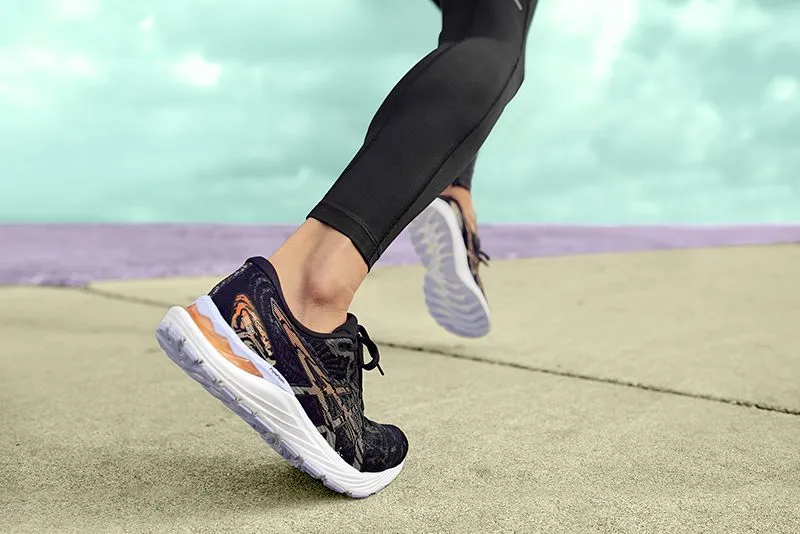
What Are Neutral Running Shoes?
July 30, 2021
If you’re looking for a new pair of running shoes, then you may have heard about different categories such as neutral and stability footwear.
Neutral running shoes are designed for people who have a neutral or ‘correct’ running pattern, whereas support shoes are for runners who overpronate and need some extra corrective support.
So what is a neutral running shoe exactly, what makes them different and how do you know if you need a pair?
Understanding pronation
Pronation is the term used to describe the way your foot rolls when you walk and run. Normally, when someone runs, the outside heel of the foot makes the first contact with the ground. The heel then smoothly rolls in by about 15 degrees and the rest of the foot comes flat into contact with the ground. Then, the foot pushes off from the ground with all the toes at the same time.
- This is called a neutral walking or running movement – around half of all runners have a neutral running style.
- However, around 30–40% of people overpronate. This means that their feet roll in further, so their feet are never fully flat on the ground. Instead, only the inside of the foot touches the ground and they push off with just their big toes.
- Finally, around 5–10% of runners underpronate (also known as supination), where only the outer foot is in contact with the ground and they push off from their smaller toes.

Neutral shoes are usually suitable for neutral runners and underpronators
As a general rule, neutral shoes are designed for runners whose feet move in the neutral motion described above or who underpronate.
For people who overpronate or underpronate, stability running shoes are designed to counter their pronation and give them extra support. These shoes encourage the foot into a more neutral position when it hits the ground. If you overpronate but wear neutral trainers, you may feel pain in your feet and ankles as neutral shoes do not offer quite enough support for your pronation style.
Read our guide to pronation to find out more.
Typical features of a neutral running shoe
You can usually tell a neutral running shoe by looking at the way it’s designed (although many manufacturers also label their shoes as either ‘neutral’ or ‘support/stability,’). Neutral running shoes tend to:
- Have a greater proportion of their cushioning in the heel - This is because it is less necessary to offer additional cushioning elsewhere in the sole as the whole foot comes into contact with the ground and the weight is distributed evenly.
- Be lighter - Neutral shoes are designed to provide comfort and support in a neutral way and do not have so many additional technologies that provide support. That results in a lighter weight on average than some of our support/stability shoes.

How do I know if I need neutral running shoes?
If you’ve never had your running gait analysed, then it’s definitely worth visiting a specialist running store where staff can film you running on a treadmill to identify your pronation type. They can then advise you on the running shoes that are best suited to you. At ASICS, we have specialist running stores all over the country. Just use our store locator to find the closest one to you.
If you would prefer to do all of this at home, then there are also a few other methods that you can use to find the right running shoes for you.
1. Look at how you stand
Stand in your regular shoes and look down at your feet. If they both face straight forward, you’re probably a neutral runner. If they spread out from back to front (so it looks like a V-shape), it’s likely that you overpronate. Finally, if they curve inwards from back to front (looking like a capital A), then you probably underpronate.
2. Do an arch test
The arches of your feet help you to stand upright. Some people have flat feet, where almost all of the foot is in contact with the ground – these people are often overpronators. Other people have high arches, where the middle of the foot is off the ground – these people often underpronate. Neutral runners will usually be somewhere in between.
To do an arch test, put some newspaper on the ground, then dampen your bare feet. Briefly stand on the newspaper then step off. Now, look at the imprint your feet have left:
- Almost the whole foot’s outline is visible - you have flat feet
- The heel and front foot are visible but none of the middle is visible - you have high arches
- The heel and front foot are visible and some but not all of the middle is visible - you are neutral
Now you know what kind of shoes you need, you can browse running shoes that fit your particular pronation type. Using the ASICS Shoe Finder is a great way to get started.
